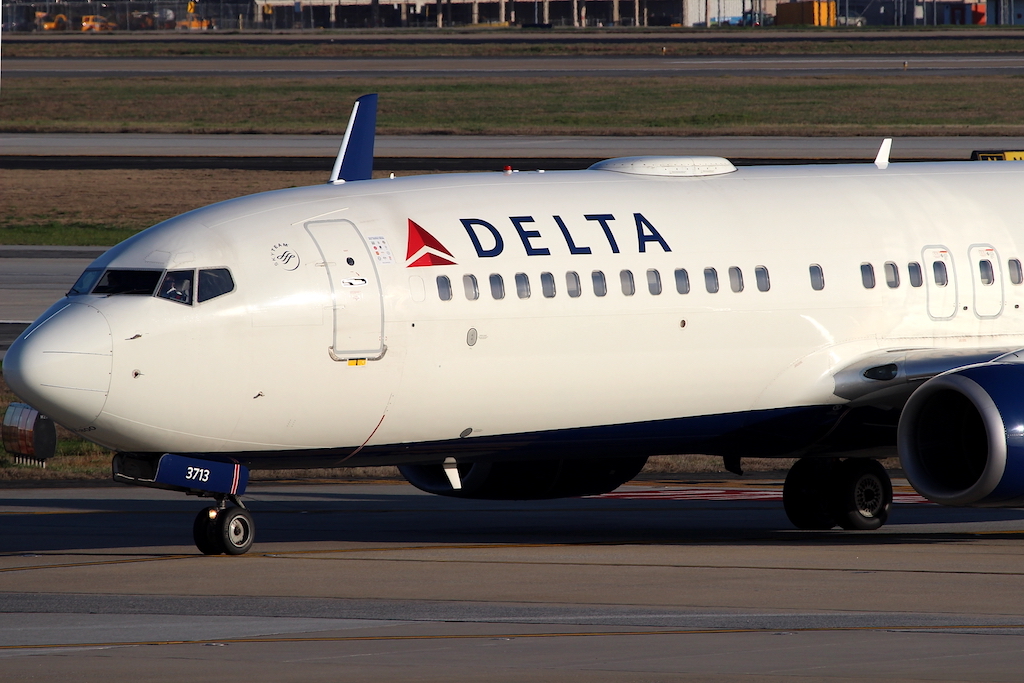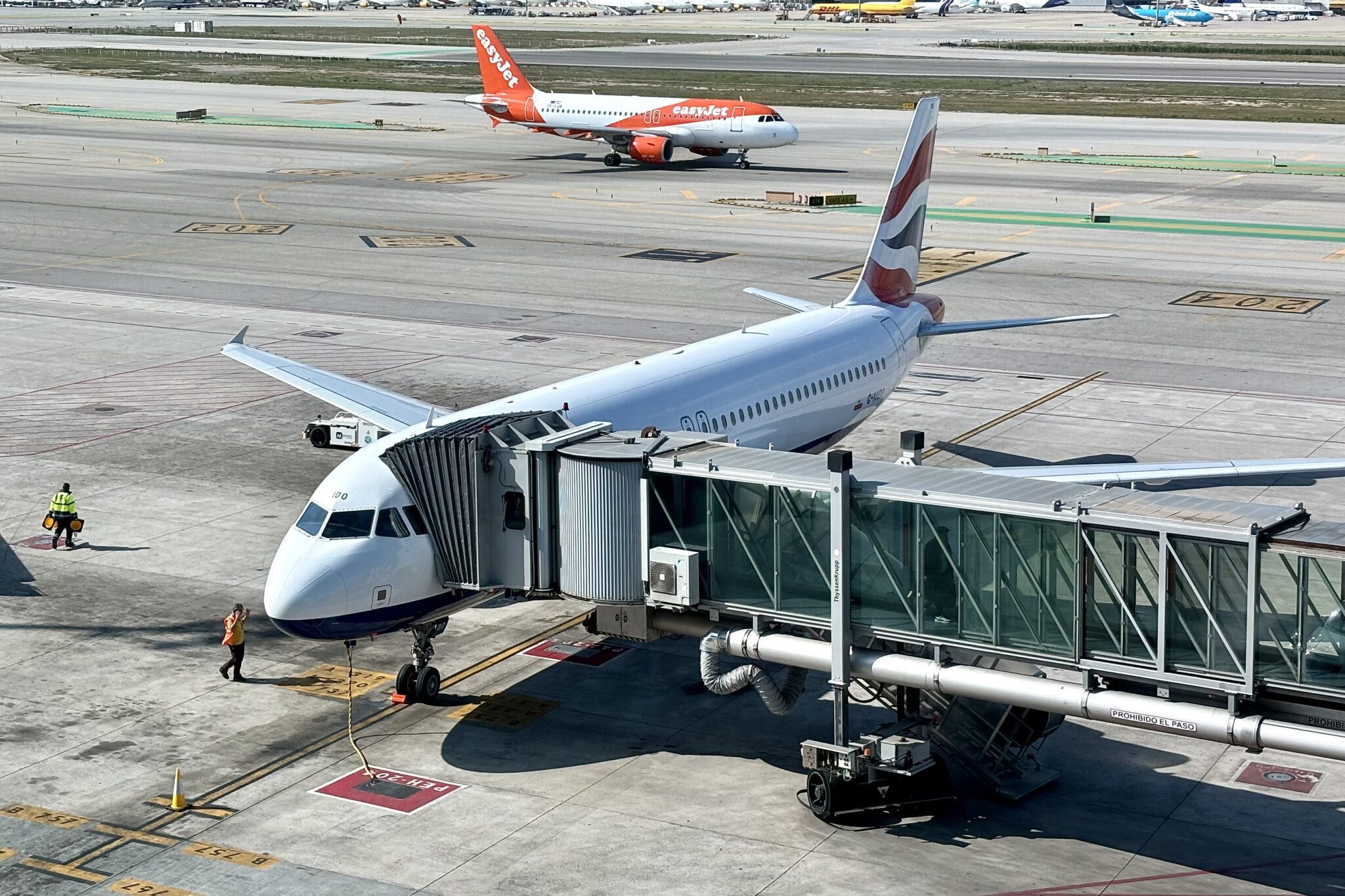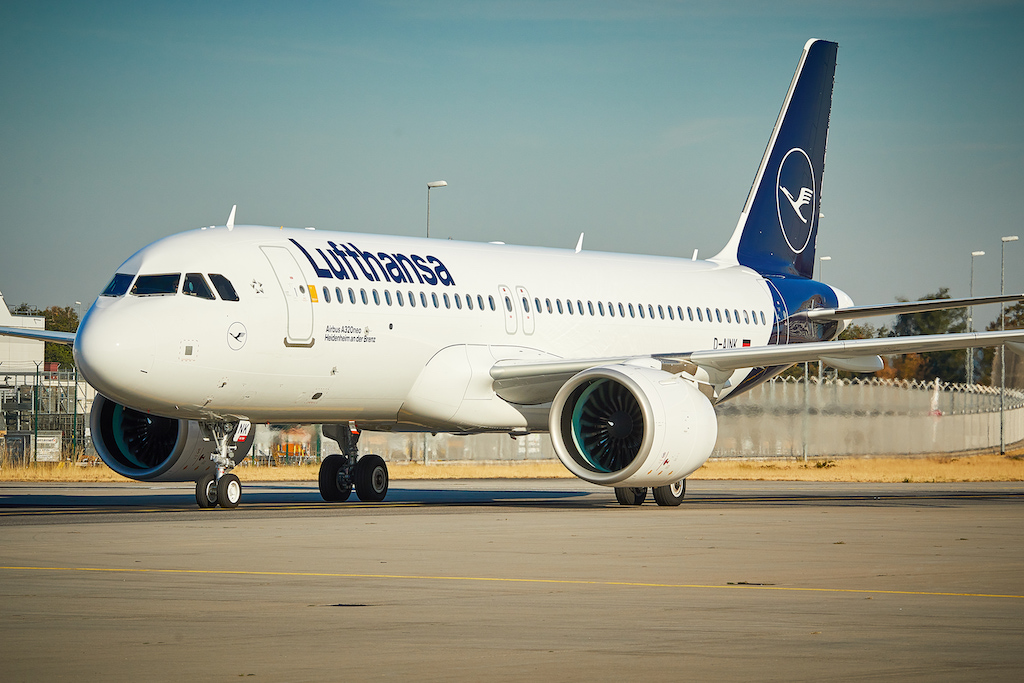Delta Air Lines leadership believes the way people travel has undergone a “structural” change as more leisure passengers opt to fly in the front of the aircraft. The Atlanta-based carrier is now planning to fly more premium seats as it plots its recovery from the Covid-19 pandemic.
When the pandemic began and international travel demand collapsed, Delta began using its large widebody aircraft, designed for international routes and with flatbed seats in their premium cabins, on domestic routes. These aircraft were not designed to fly shorter routes and the costs of the domestic network went up. But an unexpected side benefit has been that passengers opted for and paid to travel in the premium cabins on those routes. This dynamic has continued even as Delta adds back overseas flying.
In fact, Delta reported that premium revenue recovered 10 percent more than its economy recovery on domestic and near-international routes to Latin America in the third quarter. The company expects this dynamic to continue as it adds back transatlantic and longhaul Latin America routes, and, when Asian countries lift their travel restrictions, on that network as well.
One reason for this could be access. Before the pandemic, leisure passengers who wanted to fly in the front of the aircraft may have been squeezed out by managed travel and corporate account travelers who had first crack at booking premium seats. The solution is to add more premium seats to its aircraft. Delta started the process of adding a third cabin — a distinct premium economy hard product — in 2019 and will accelerate that work in the months and year ahead. “More premium seats is the direction we want ahead,” CEO Ed Bastian said Wednesday during the company’s third-quarter earnings call. “It was a big epiphany for us.”
And Delta will have the opportunity to do so soon. The carrier announced it is adding two used Airbus A350s to its fleet in the fourth quarter, although it did not say where those aircraft were coming from. It has converted options for 55 A321neos to firm orders, with deliveries expected to start next year and run through 2027. And it plans to add 38 more used aircraft in the near future.
This is part of its fleet rationalization that began last year when Delta retired about 200 aircraft, including all its Boeing 777s and will focus its fleet strategy on upgauging. By next summer, it expects half of its narrowbody fleet will be upagauged from before the pandemic, and widebody aircraft will comprise 25 percent of the total fleet, up 15 percent from 2019. About 160-170 aircraft that were parked in the desert during the pandemic are expected to return to the fleet next year, Chief Financial Officer Dan Janki said.
These fleet changes will position Delta for the recovery, which it expects will begin in earnest next year. The third quarter started off well, but demand started to fall off in August and September as the Delta variant of the coronavirus (which Delta Air Lines refers to as simply “the variant”) caused outbreaks of Covid-19 throughout the U.S. The airline had expected business demand to return after Labor Day, but companies delayed reopening their offices. Given the trend in bookings and the airline’s polling of its corporate clients, President Glen Hauenstein called August and September a “temporary pause.”
Still, the airline started the year with capacity at only a quarter of 2019. Now, it’s up to 75 percent. Delta expects to fly 80 percent of its pre-pandemic capacity in the fourth quarter of this year. Business demand is expected to be fully restored by the end of next year.
The story varies by region, however. Domestic network revenues were 72 percent of the third quarter of 2019, but this was an 17 point improvement when compared with the second quarter of this year. Latin America routes generated 84 percent of their pre-pandemic revenues. Transatlantic revenues were 35 percent of 2019, but this surged 20 percent from the last quarter after the Biden administration announced plans to reopen the U.S. to vaccinated Europeans. The Pacific network remains a “laggard,” Bastian said, due to continued travel restrictions in Asia. But with vaccination rates approaching 80 percent in the key markets of Japan and South Korean, he said he is hopeful the Pacific network will revive in the near future.
Costs rose by 12 percent to almost $8 billion, due to increased capacity and maintenance costs associated with bringing back parked aircraft. Delta is seeing lower labor costs, however. About 20,000 workers retired or left the airline during the pandemic. Their replacements are new hires, resulting in a “juniority” benefit to the airline, Bastian said, while stressing that Delta has not changed its pay scale. During the quarter, Delta benefited from $1.3 billion in federal payroll support, which expired on September 30. The carrier plans to hire pilots, flight attendants, and maintenance technicians in the next year, but it has not determined how many new employees it needs.
Delta eked out a $216 million pre-tax profit — its first since the pandemic began in March 2020 — in the third quarter, on revenues of $9 billion. Revenues now are two-thirds of the same period in 2019, Hauenstein said. The carrier was profitable despite 60 percent of its pre-pandemic business travelers not traveling during the quarter. The company expects revenues to approach 80 percent of pre-pandemic revenues by the end of the year. But it expects to report a modest loss in the fourth quarter, due to rising fuel costs.
Although he is confident the recovery now is enduring, Bastian struck a note of caution about the pandemic. “We know we are not out of the woods yet,” he said.





